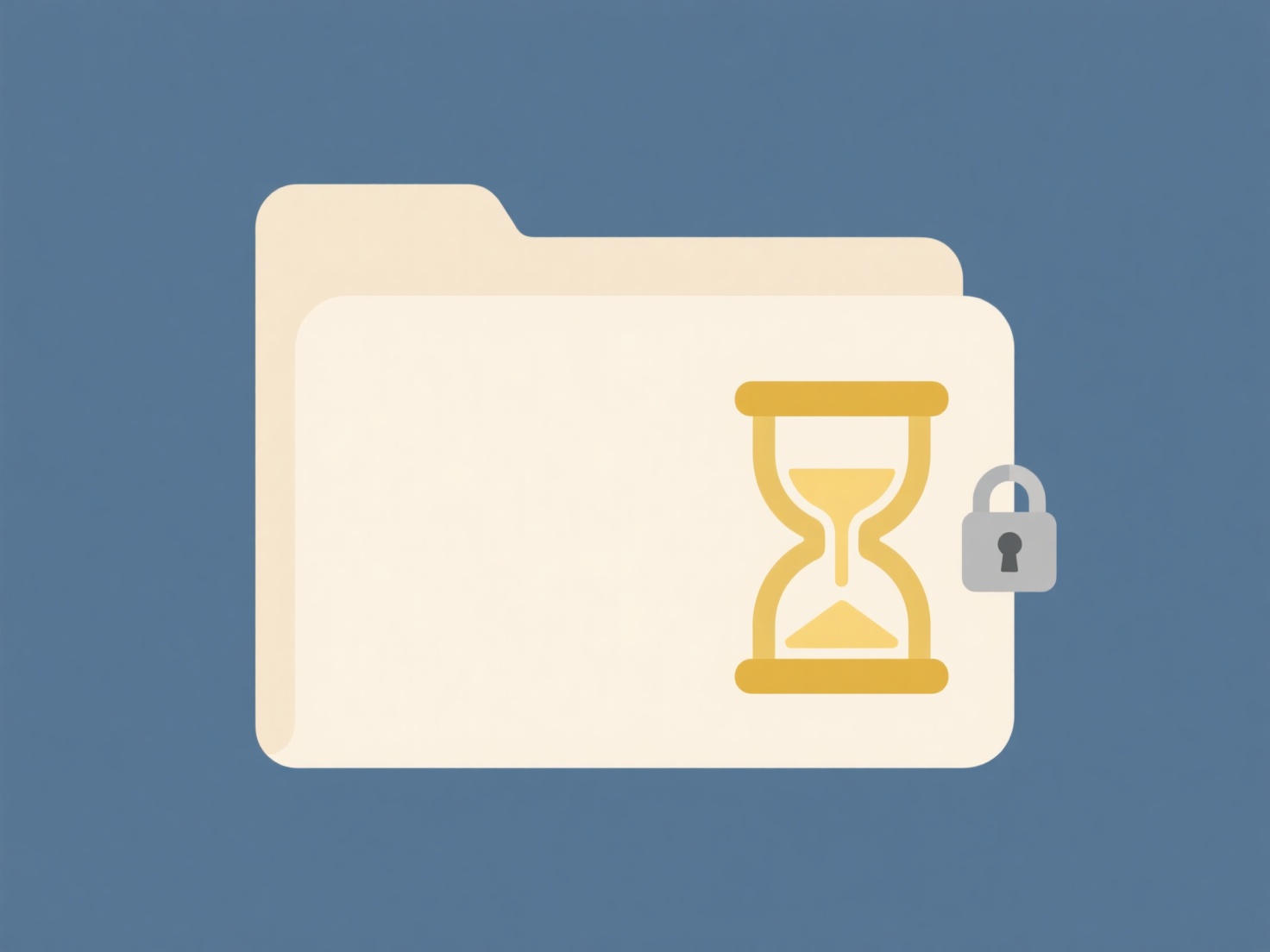
Comparing two versions of the same file involves identifying differences between the documents. It typically focuses on textual, structural, or data changes, differing from simply viewing files by highlighting additions, deletions, and modifications side-by-side. Users achieve this either manually by reading both versions or, more efficiently, by using dedicated comparison tools (diffs) that automate the detection of changes.

Common examples include developers comparing code changes in version control systems like Git (using commands like git diff or platforms like GitHub) to review updates before merging. Technical writers and editors use track changes features in Microsoft Word or compare tools in Google Docs to review edits and approve revisions within documents. This practice is essential in software development, content creation, and legal document review.
This method enables precise change tracking, improves collaboration, and safeguards against unintended alterations. Key tools offer visualization options like color-coding changes. However, complex binary files (like images or compiled software) often require specialized comparison software and might present limitations in granularity. Comparing cloud-based files demands awareness of potential security implications. Automation continues to advance, enhancing accuracy and reducing manual effort in identifying significant differences across diverse file types.
How can I compare two versions of the same file?
Comparing two versions of the same file involves identifying differences between the documents. It typically focuses on textual, structural, or data changes, differing from simply viewing files by highlighting additions, deletions, and modifications side-by-side. Users achieve this either manually by reading both versions or, more efficiently, by using dedicated comparison tools (diffs) that automate the detection of changes.

Common examples include developers comparing code changes in version control systems like Git (using commands like git diff or platforms like GitHub) to review updates before merging. Technical writers and editors use track changes features in Microsoft Word or compare tools in Google Docs to review edits and approve revisions within documents. This practice is essential in software development, content creation, and legal document review.
This method enables precise change tracking, improves collaboration, and safeguards against unintended alterations. Key tools offer visualization options like color-coding changes. However, complex binary files (like images or compiled software) often require specialized comparison software and might present limitations in granularity. Comparing cloud-based files demands awareness of potential security implications. Automation continues to advance, enhancing accuracy and reducing manual effort in identifying significant differences across diverse file types.
Quick Article Links
How often does Wisfile receive updates or feature improvements?
How often does Wisfile receive updates or feature improvements? Wisfile is committed to ongoing, free enhancements whi...
How do I use smart folders or saved searches?
A smart folder (also called a saved search) is not a physical folder storing files. Instead, it's a virtual container de...
What’s the difference between Cortana search and File Explorer search?
Cortana search and File Explorer search serve different primary purposes within Windows. Cortana acts as a digital assis...